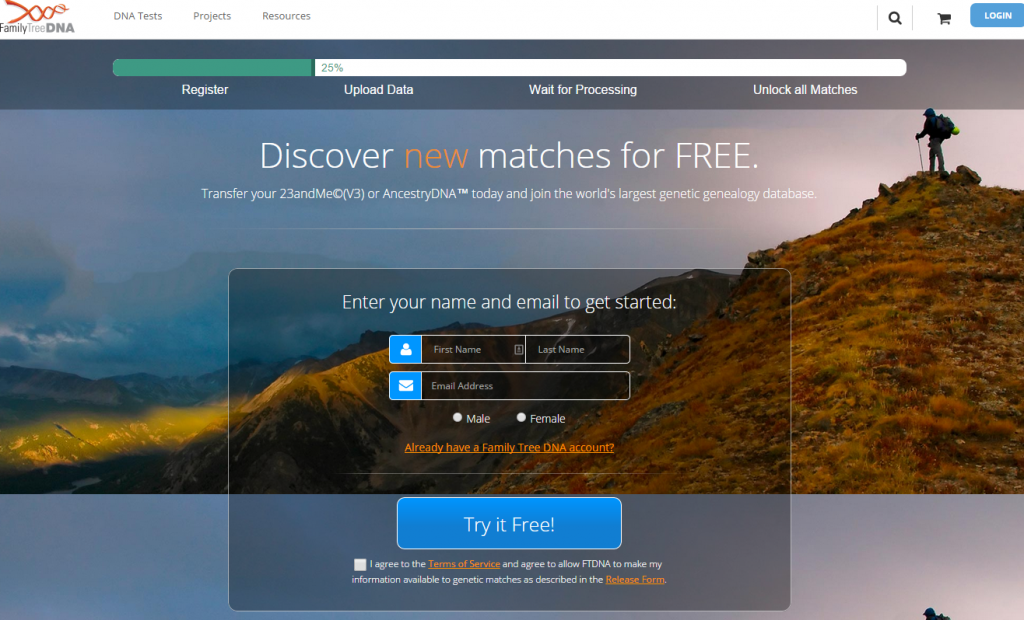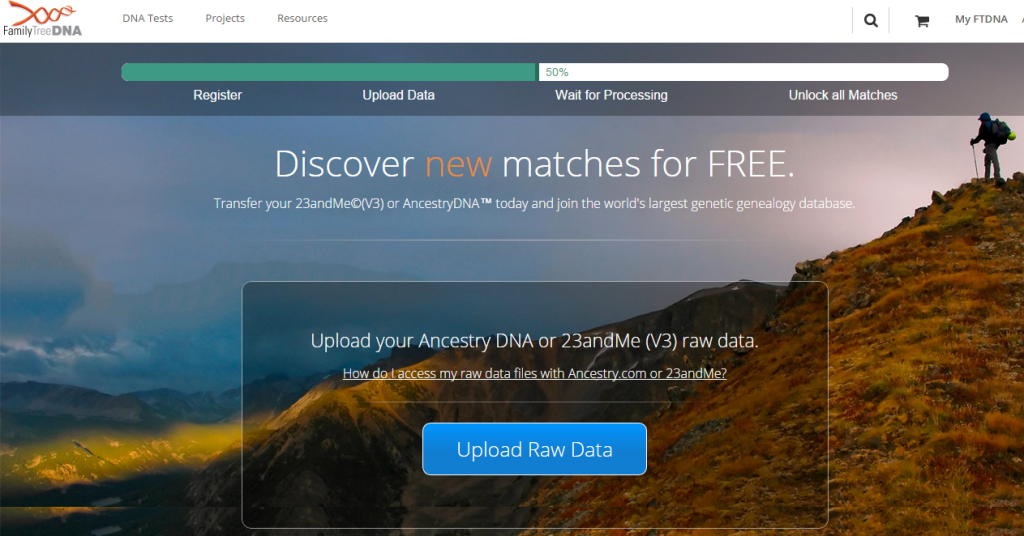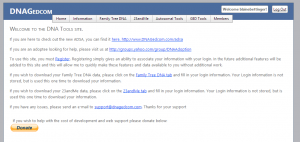 In a press release – and blogger meetup – from Ancestry.com today (see “Ancestry Announces 2015 Product and Content Lineup“), AncestryDNA announced plans for the test in 2015, which includes launching the test in Australia and Canada, as well as a new way to identify ancestors using only DNA.
In a press release – and blogger meetup – from Ancestry.com today (see “Ancestry Announces 2015 Product and Content Lineup“), AncestryDNA announced plans for the test in 2015, which includes launching the test in Australia and Canada, as well as a new way to identify ancestors using only DNA.
From Today’s Press Release:
Continued Growth for AncestryDNA
- With a database of over 700,000 genotyped members, AncestryDNA has generated over one billion cousin connections to date. In 2015, we project this database to grow to exceed well over one million genotyped members, resulting in even more and higher quality cousin matches.
- Following the successful launch of AncestryDNA in the UK, we will soon be bringing the service to our members in Australia and Canada, and in doing so, will connect the major English-speaking migrations and globally connect families like never before.
- Building on DNA Circles, in 2015 we will launch a new experience that will use the latest genetic technology to discover new ancestors without the customer having to search records or build a family tree. This new feature will transform how family history research is done by providing valuable hints to help experienced genealogist looking to break through brick walls, as well as open family history to a whole new segment of the population. Through this new experience, AncestryDNA customers will be able to discover new ancestors as far back as the 1700’s by connecting into existing DNA Circles.
DNA Circles Without Family Trees
On the last point, in the coming weeks AncestryDNA will launch an extension of the DNA Circles tool in which they assign you to a DNA Circle without having a family tree connection.
Currently, you must have a decent public tree in order to be put into a DNA Circle based on genealogical relationships. Using this new tool, however, you will (potentially) be put into circles without a tree showing that you belong to the circle (in other words, based only on genetic relationships regardless of the trees). ... Click to read more!
 AncestryDNA is making several changes to its matching algorithm in the next week or two (an exact time is not yet available). You may recall an announcement that was made earlier this month entitled “New Advances in DNA Science Coming Your Way” (pdf) in which they stated the following:
AncestryDNA is making several changes to its matching algorithm in the next week or two (an exact time is not yet available). You may recall an announcement that was made earlier this month entitled “New Advances in DNA Science Coming Your Way” (pdf) in which they stated the following:

 The
The 